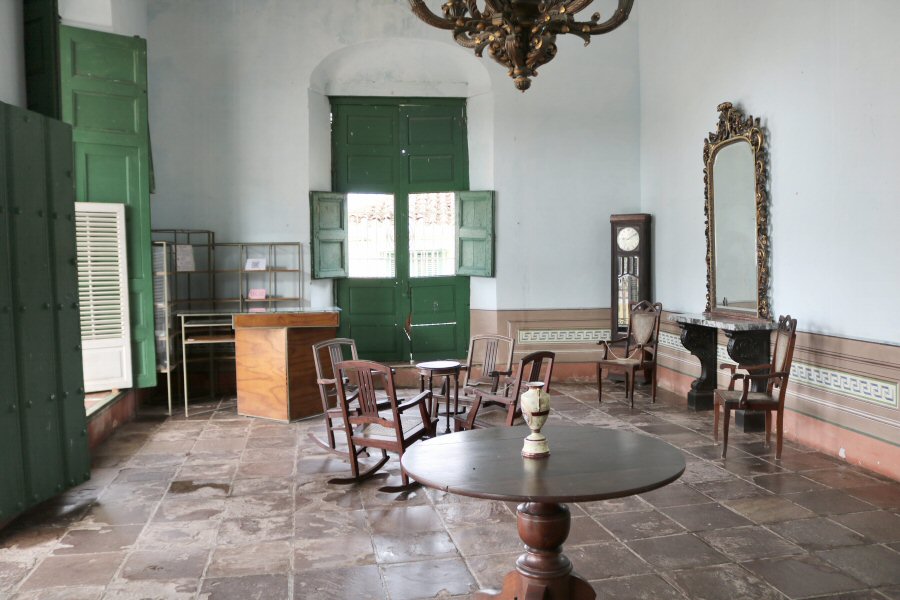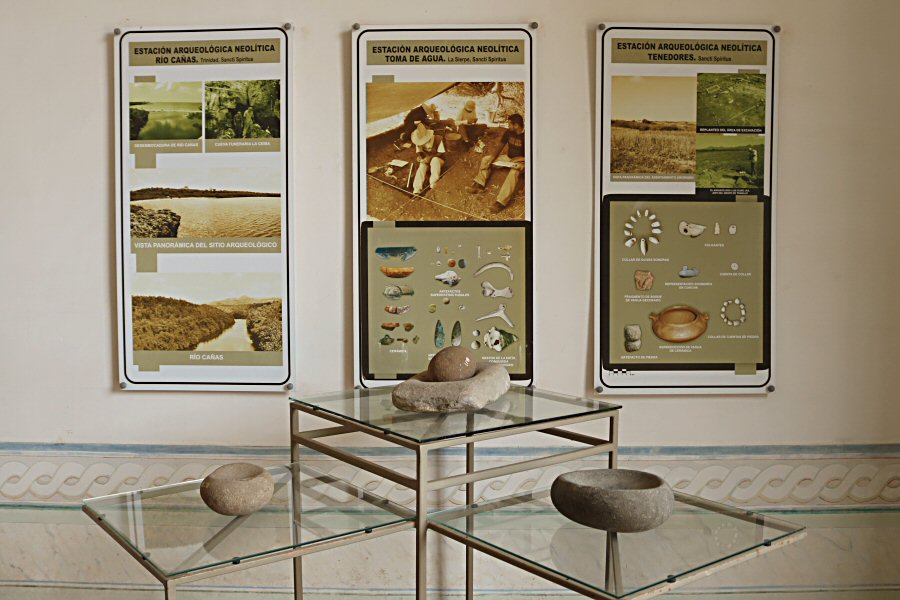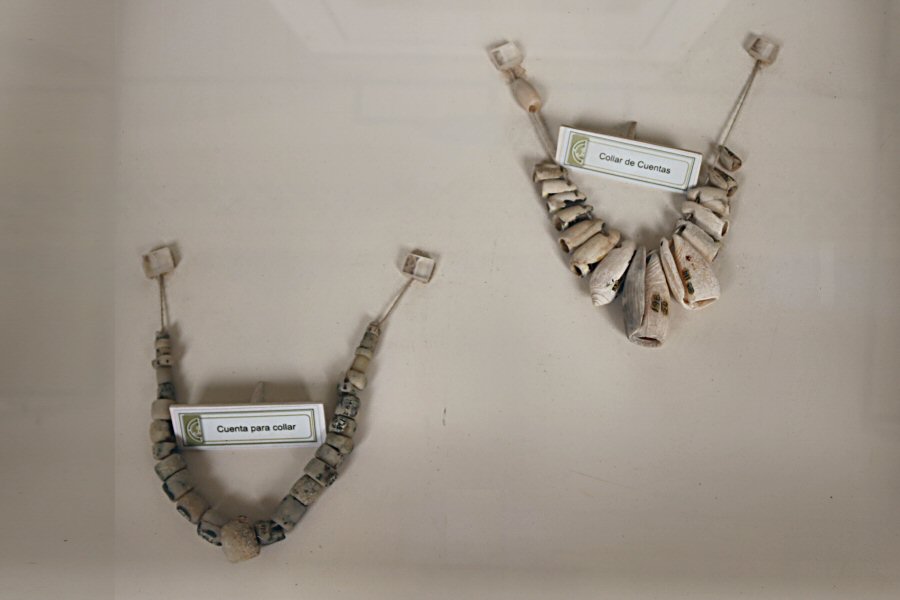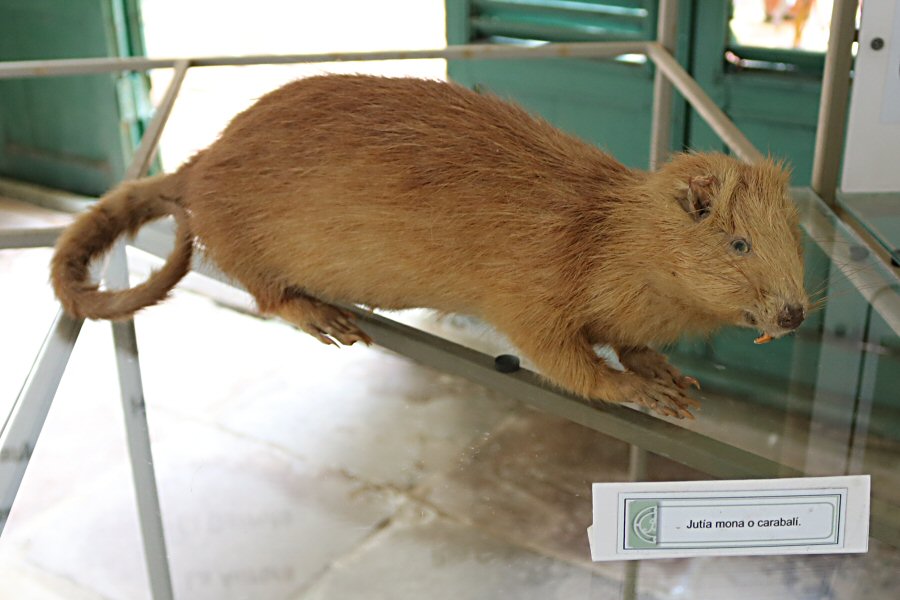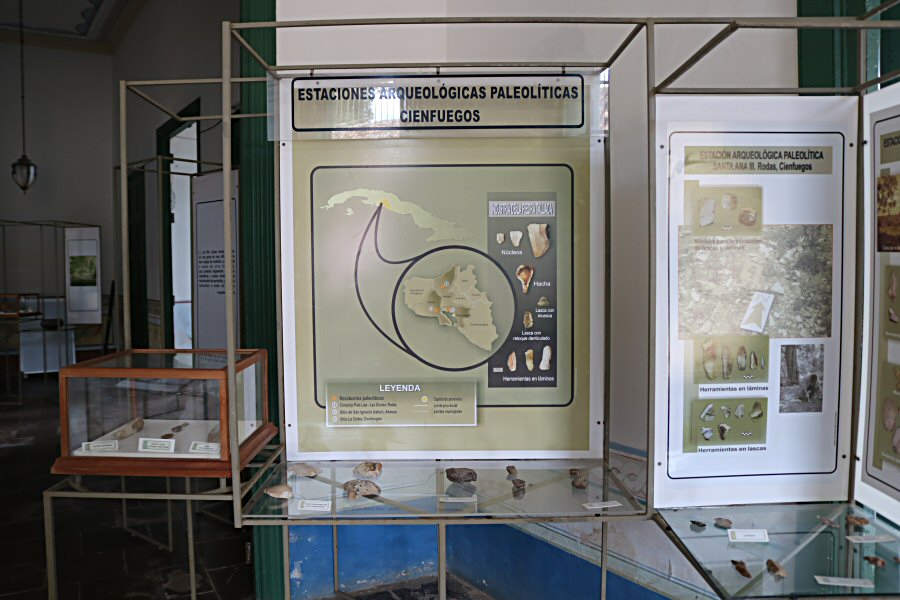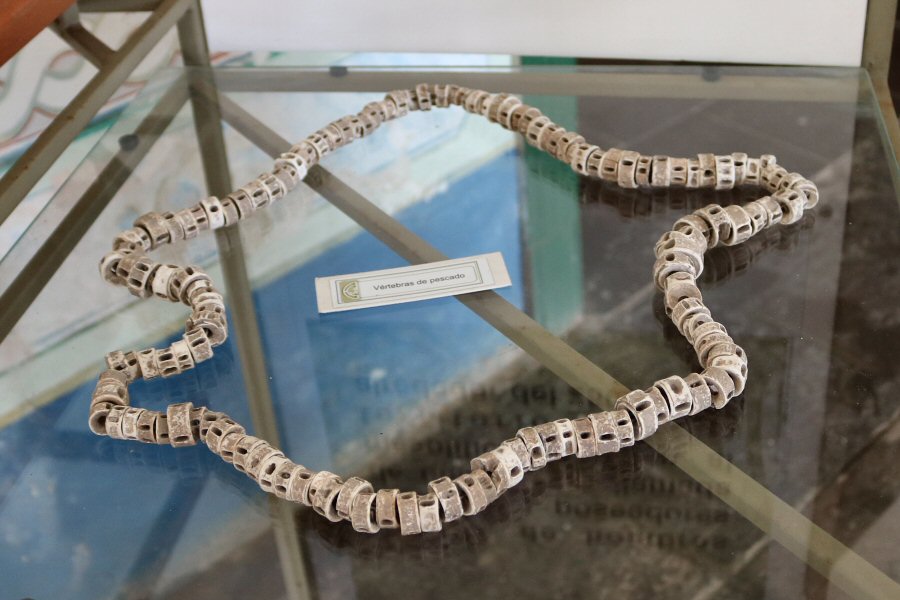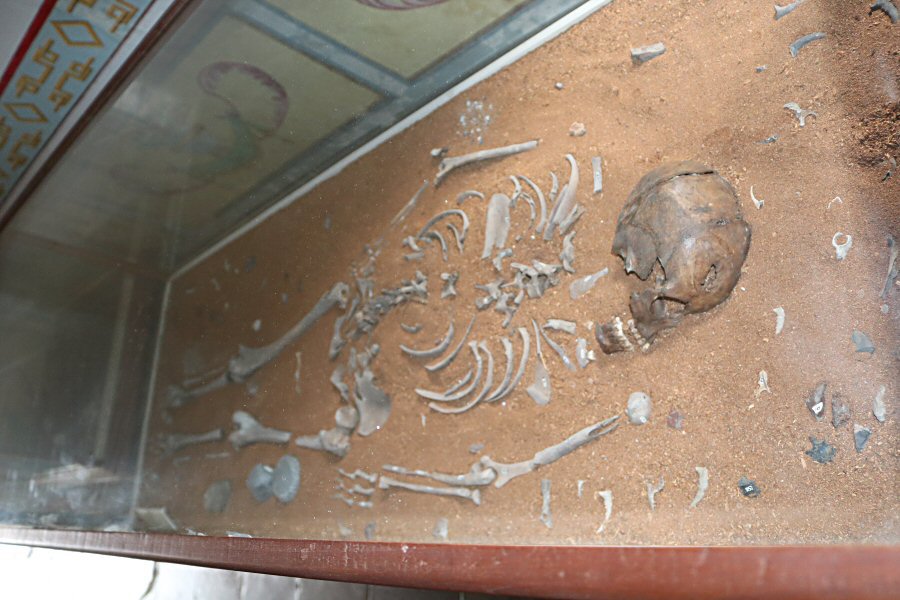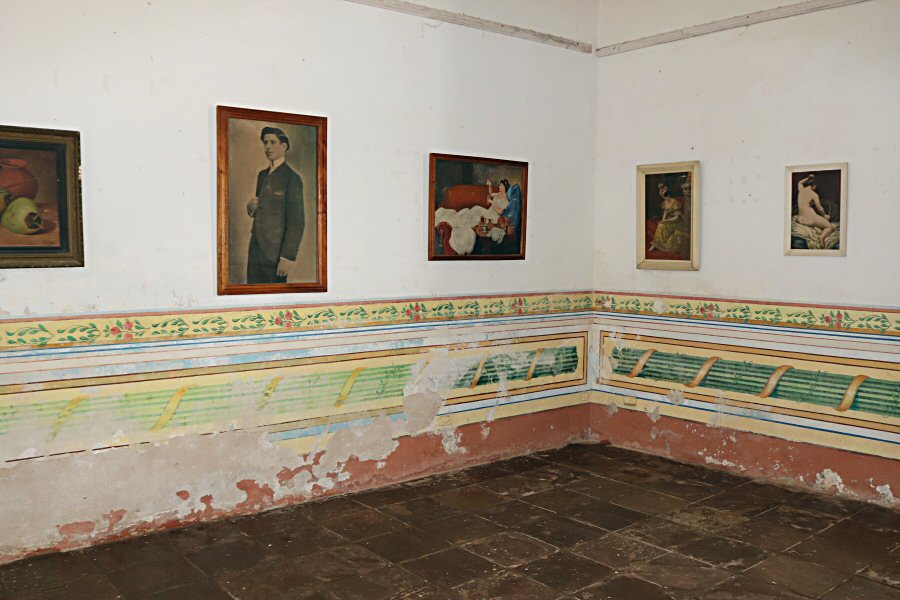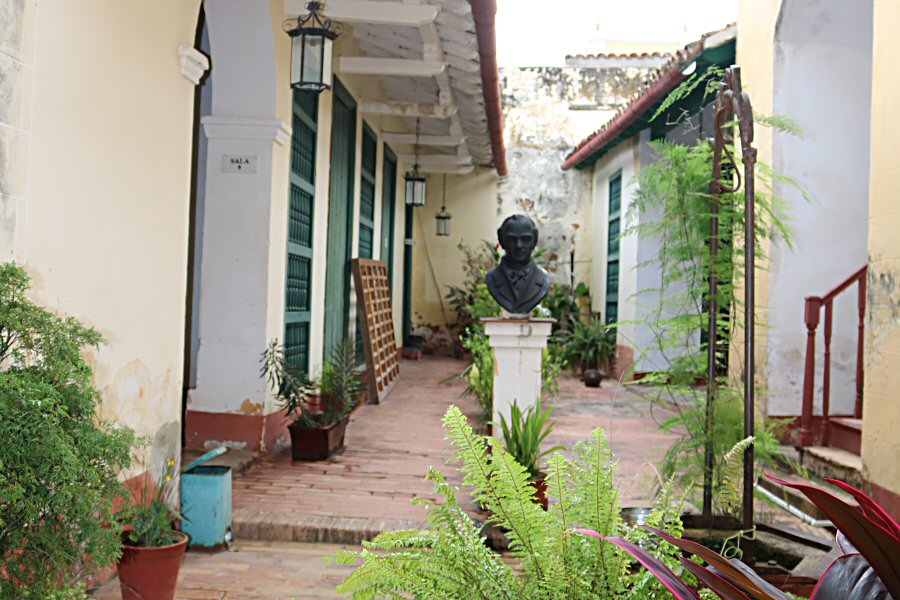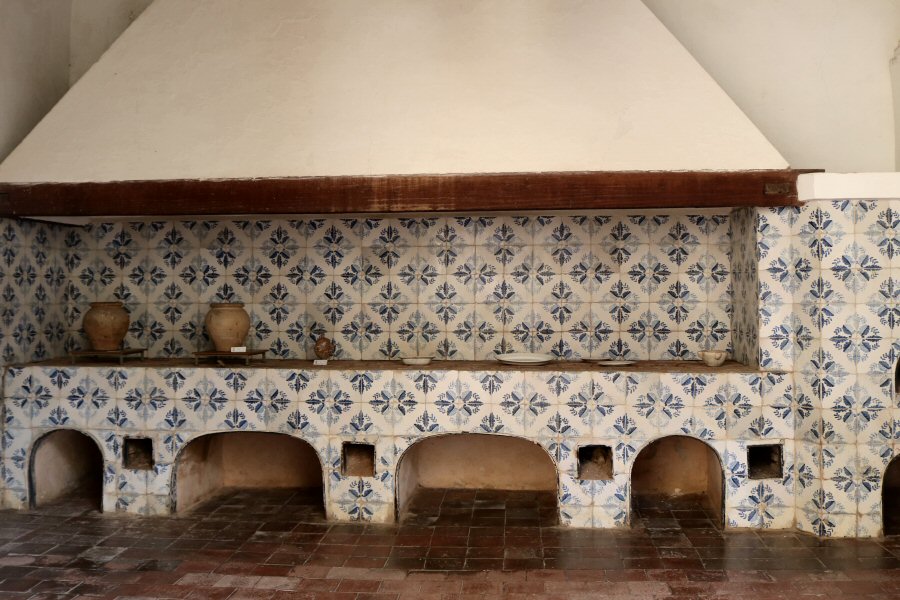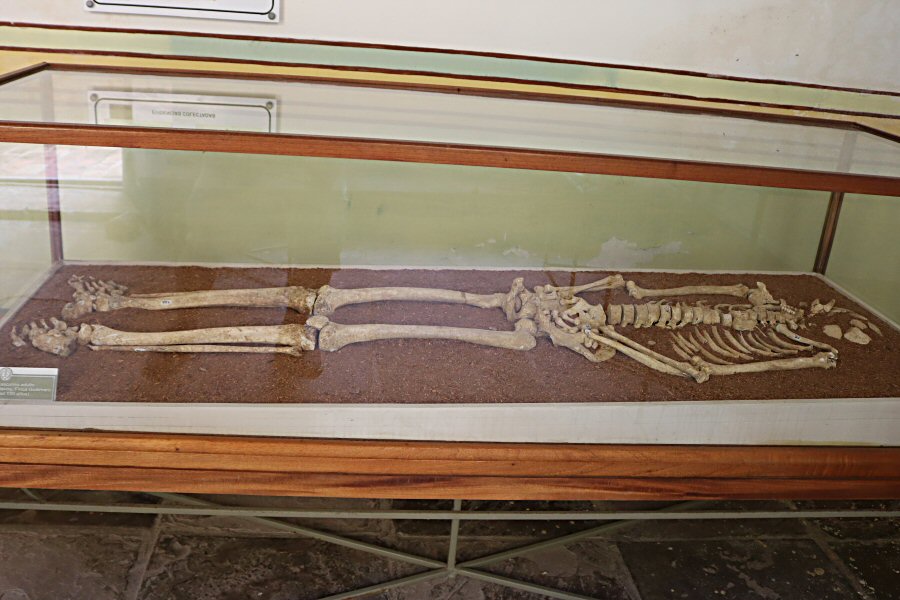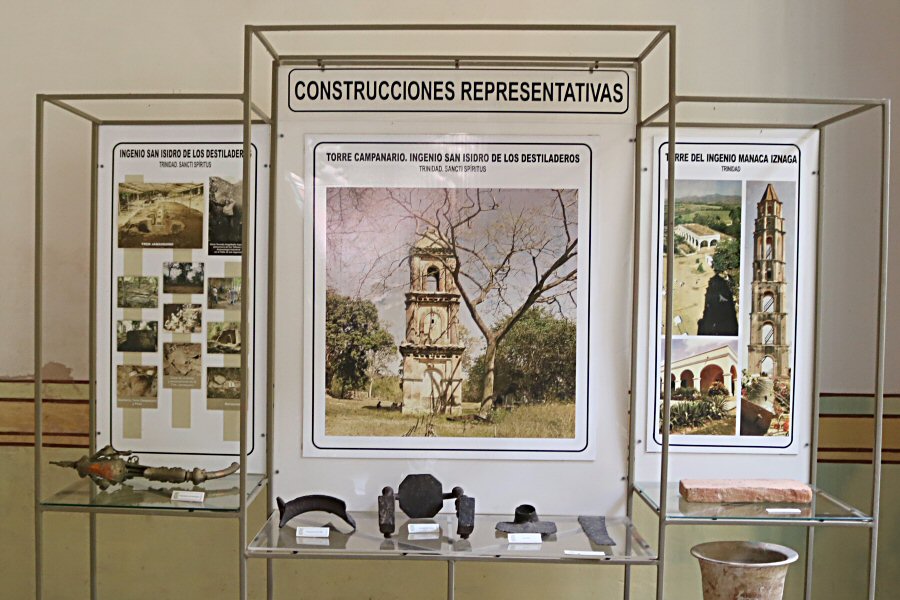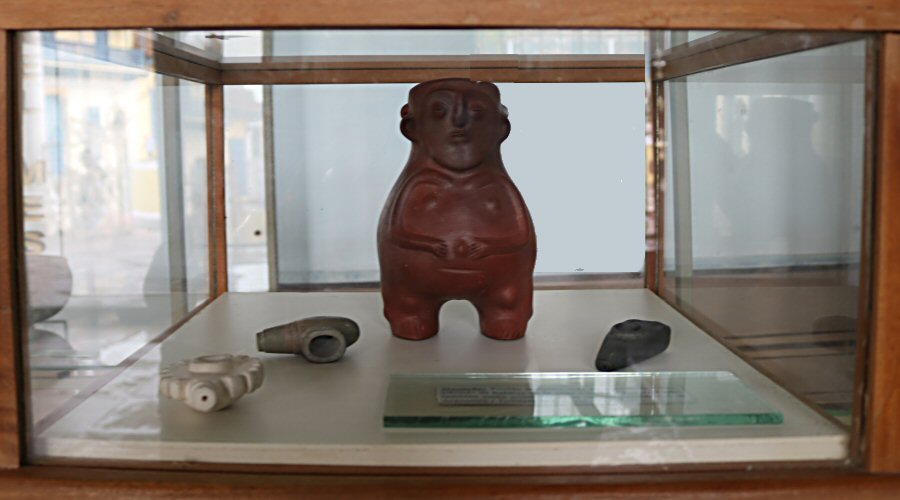
The Museum
The findings of the archaeological excavations carried out since 1972 are exhibited in the museum consisting of 8 rooms, so that the visitors can have an chronologic overview of life of the native Indians, the Tainos, settled in the central-southern region of Cuba from pre-Columbian time to the conquest. Additionally, the museum houses a modest collection of the artefacts from the colonial-era, but also displays informative data relating the travels of the naturalist Alexander von Humboldt.
The façade of the building facing the Plaza Mayor gives the feeling of belonging to two separate houses. From the portal you can access the living room, the parlor, the bedroom, and the other rooms, while the gate and the window with a wooden grille take you directly to the patio, through the garage or hallway. There is also direct access to the stairs that lead to the rooms located on the second floor.
The portal is protected by a delicate cast iron grille. The Ionic plain columns topped with capitals, as well as the molded cornices on the parapet gives a neoclassical style to the portal. The facade on the right with its brace eaves, has a Spanish door with a single shutter and a wooden grille window.
The interior patio is a small, but pleasant space within the building that serves as an access to the the original and fully intact 19th century kitchen with its hood and oven, veneered with Spanish ceramics. You can enter the house, passing through the cistern with curb.
The exhibition includes bone remains of native Indians, displayed for educational purposes, as well as texts and illustrations that complement the information and enrich the understanding of the testimonial objects. There are also some ancient weapons and stuffed animals. Many objects such as rudimentary tools, that are explored in the excavations in Trinidad as well as in Valle de los Ingenios are exhibited in showcases.
The findings of the archaeological excavations carried out since 1972 are exhibited in the museum consisting of 8 rooms, so that the visitors can have an chronologic overview of life of the native Indians, the Tainos, settled in the central-southern region of Cuba from pre-Columbian time to the conquest. Additionally, the museum houses a modest collection of the artefacts from the colonial-era, but also displays informative data relating the travels of the naturalist Alexander von Humboldt.
The façade of the building facing the Plaza Mayor gives the feeling of belonging to two separate houses. From the portal you can access the living room, the parlor, the bedroom, and the other rooms, while the gate and the window with a wooden grille take you directly to the patio, through the garage or hallway. There is also direct access to the stairs that lead to the rooms located on the second floor.
The portal is protected by a delicate cast iron grille. The Ionic plain columns topped with capitals, as well as the molded cornices on the parapet gives a neoclassical style to the portal. The facade on the right with its brace eaves, has a Spanish door with a single shutter and a wooden grille window.
The interior patio is a small, but pleasant space within the building that serves as an access to the the original and fully intact 19th century kitchen with its hood and oven, veneered with Spanish ceramics. You can enter the house, passing through the cistern with curb.
The exhibition includes bone remains of native Indians, displayed for educational purposes, as well as texts and illustrations that complement the information and enrich the understanding of the testimonial objects. There are also some ancient weapons and stuffed animals. Many objects such as rudimentary tools, that are explored in the excavations in Trinidad as well as in Valle de los Ingenios are exhibited in showcases.
